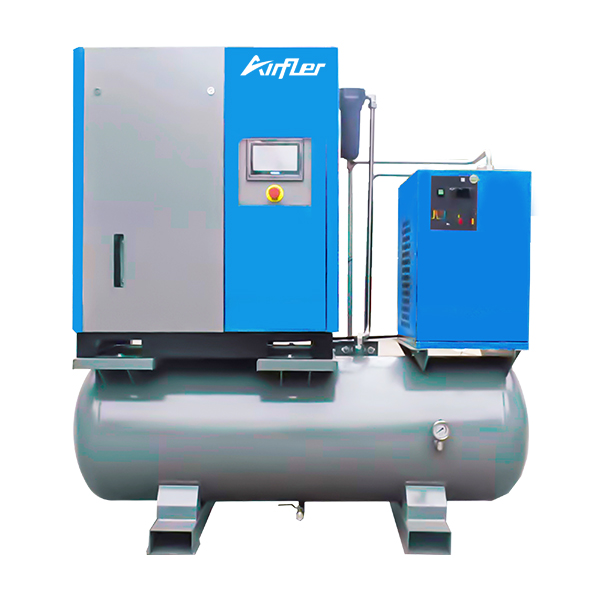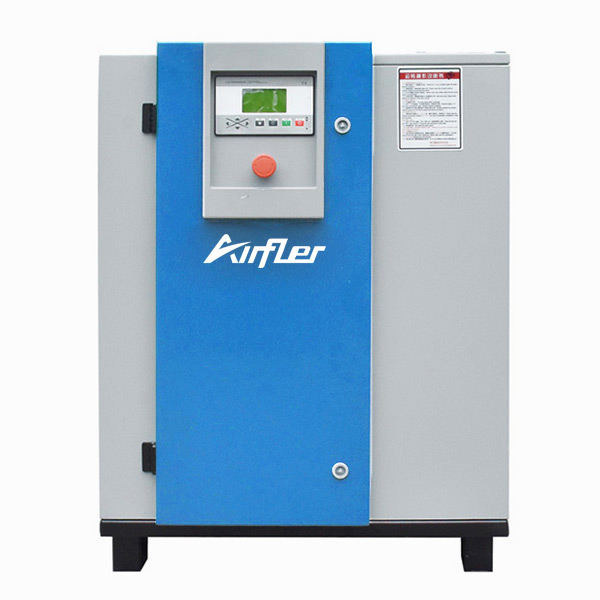I. Key Parameter Adjustment Strategies
Control Discharge Pressure & Intake Air Volume
Dynamically adjust discharge pressure based on actual air demand to avoid prolonged overpressure operation, which reduces dust adsorption rates^7.
Reduce compressor load to 80%-90% of rated power to prevent excessive airflow velocity during overload, minimizing filter burden.
Optimize Temperature & Cooling Systems
Calibrate temperature control systems to stabilize operating temperatures between 40°C–60°C, preventing filter media embrittlement or oil condensation due to overheating.
Adjust cooling water flow to 3.7 L/s (at a 15°C temperature difference) and regularly descale to maintain thermal efficiency.
Match Operating Frequency & Speed
For variable-frequency compressors, adopt low-frequency operation to reduce intake air fluctuations and extend filter life.
Set startup/shutdown buffer times (e.g., 3 minutes of low-load operation) to avoid transient dust accumulation from frequent cycling.
II. Smart Monitoring & Integrated Optimization
Integrate Differential Pressure Sensors & IoT Modules
Monitor filter differential pressure (ΔP) in real time; trigger alarms or shutdowns when ΔP ≥ 0.5 bar.
Use historical data to predict clogging cycles and dynamically adjust cleaning frequency, avoiding unnecessary maintenance.
Parameter Linkage Control System
Establish a “pressure-flow-temperature” correlation model to automatically reduce discharge pressure and enhance cooling efficiency when ambient dust concentration rises.
Implement PLC-based load balancing to prioritize backup units in low-dust zones, distributing filtration system stress.
III. Special Scenario Solutions
High-Dust Conditions
For three-stage filtration systems (G4 → F9 → H13), set the main filter’s differential pressure threshold to 0.3 bar for early clogging warnings.
Configure reverse-pulse cleaning programs to automatically clean pre-filters after each shift, preventing particle agglomeration.
High-Humidity Environments
Add a humidity compensation module to parameter systems; when humidity exceeds 80%, automatically increase electric heating layer temperatures by 5°C–10°C to maintain filter dryness.
After installing waterproof filters, reduce maximum operating pressure by 5%–10% to mitigate moisture permeation risks.
IV. Validation & Maintenance Standardization
Energy Efficiency Benchmarking
Document pre- and post-optimization data: 0.1 bar ΔP reduction cuts energy consumption by 2%–3%; comprehensive optimization should extend filter life by ≥40%.
Perform quarterly parameter calibrations to ensure sensor errors remain <1% and control logic aligns with actual conditions.
Operational Process Standardization
Conduct 30-minute no-load tests after parameter adjustments to verify temperature/pressure stability and analyze filter responses via ΔP curves.
Build a closed-loop mechanism (“adjust → evaluate → iterate”) to dynamically update operational databases.
By implementing these parameter optimization strategies, filter clogging risks can be significantly reduced while improving compressor energy efficiency and operational stability. For precise tuning, refer to the manufacturer-provided 《Operation Parameters White Paper》.
 English
English 简体中文
简体中文 French
French English
English Portuguese
Portuguese Russian
Russian Spanish
Spanish






